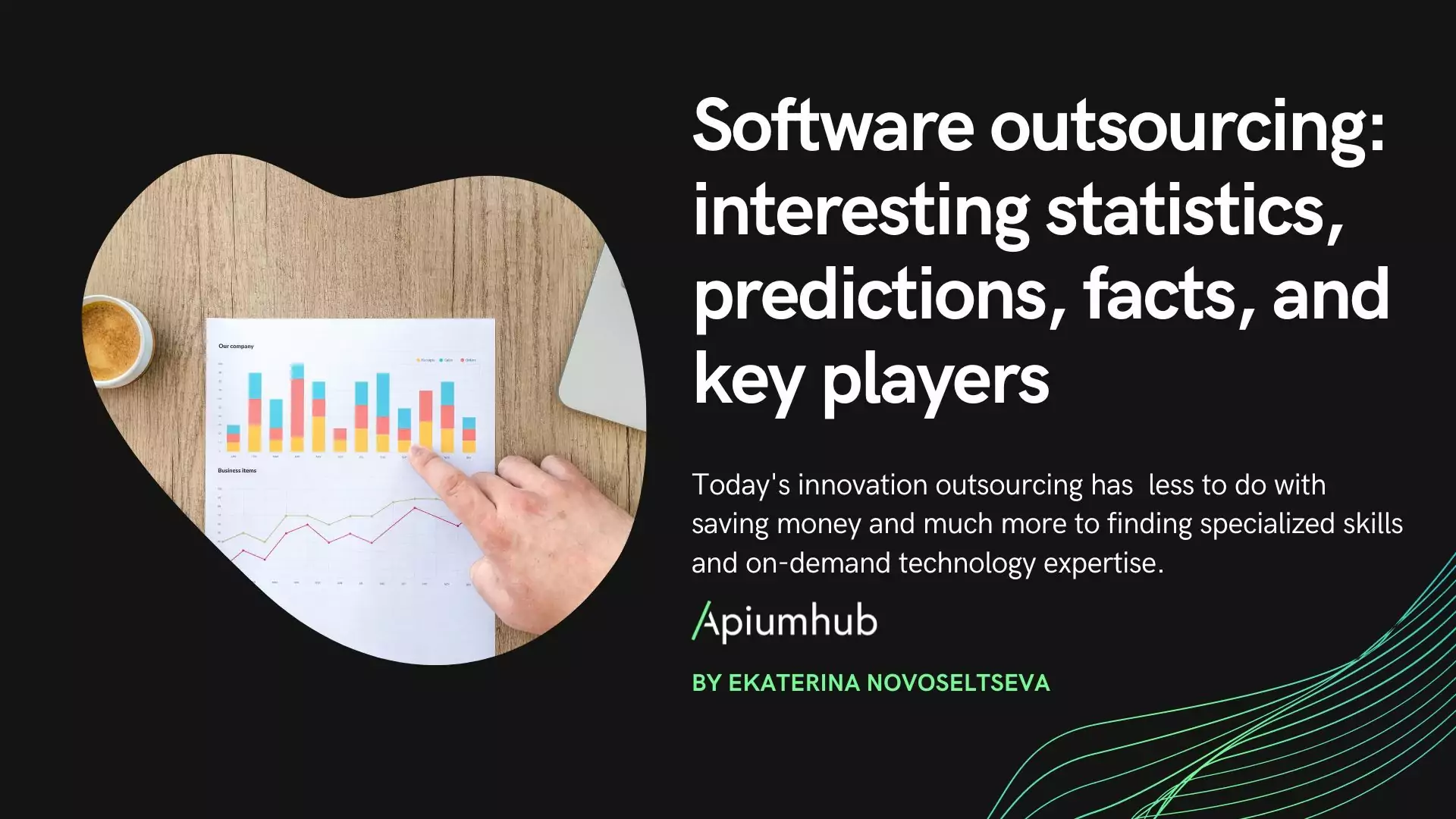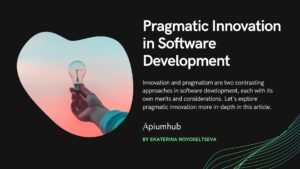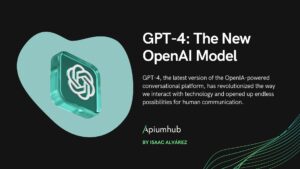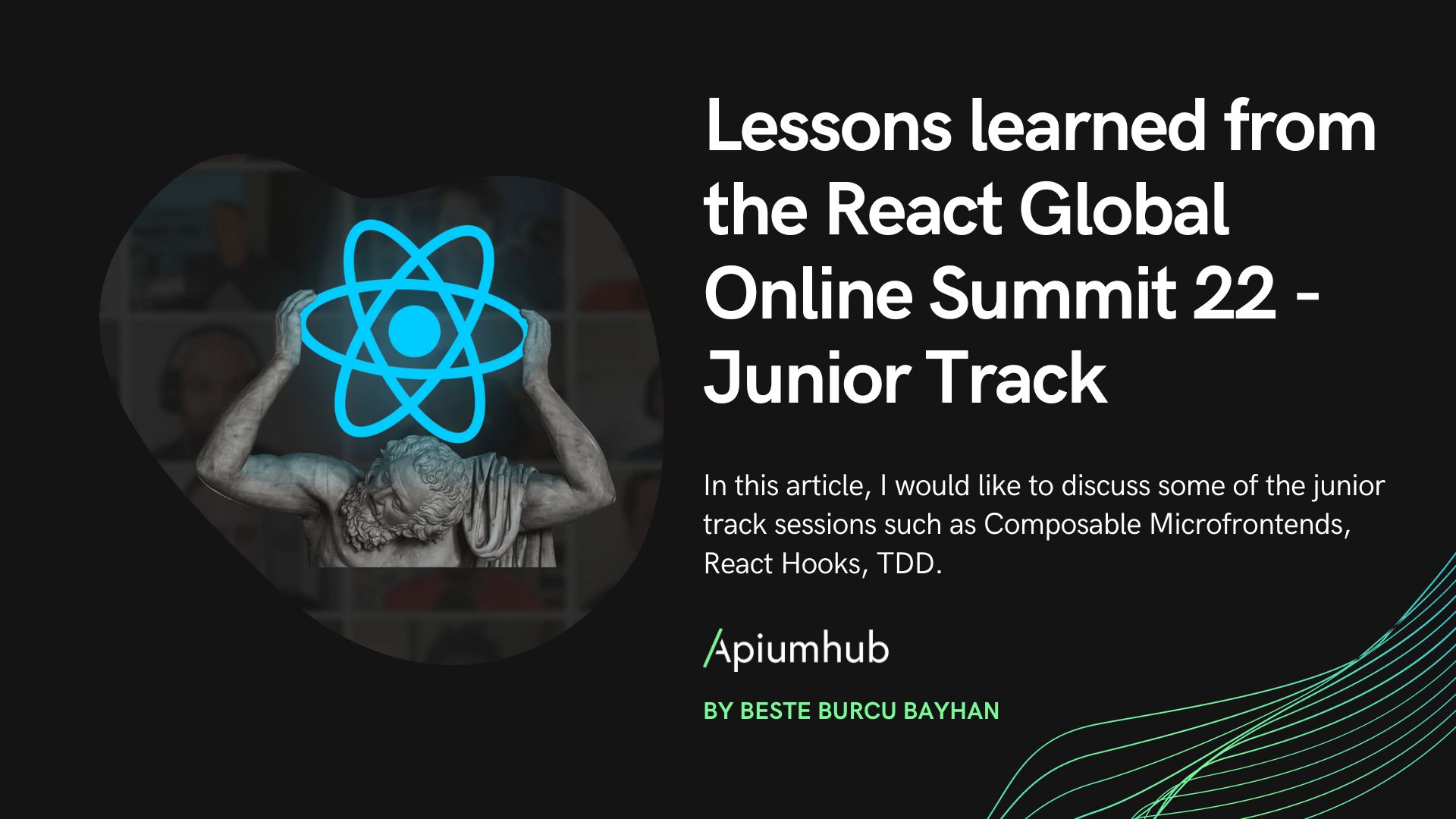Table of Contents
In recent months, Apiumhub has hosted insightful sustainable software talks featuring two great speakers addressing the intersection of software engineering and environmental sustainability. Annie Freeman, Green Software advocate and engineer at Xero, delivered a compelling speech titled “How Software Engineers Can Help Solve Climate Change,” while Paola E. Annis, Principal Engineering Manager at Microsoft, shared her expertise on sustainable software in her talk titled “Cloud Efficiency: Building Sustainable Applications.“
Sustainable Software: Key Takeaways from Annie Freeman’s Presentation
Here are some key takeaways from the presentation by Annie Freeman that focused on sustainable software.
The magnitude of Small Changes
Freeman emphasized that seemingly minor adjustments in software development practices can yield substantial positive impacts and contribute to sustainable software.
Electricity Consumption and Fossil Fuels
She underscored that two-thirds of electricity in 2022 originated from fossil fuels, and this urges the need for a reduction in reliance on these resources.
Shaping Electricity Demand
Freeman proposed reshaping electricity demand patterns to diminish dependence on fossil fuels. She shared an innovative example from New Zealand where users are encouraged to use electricity during non-peak hours offering them one hour for free. In this way, they were able to shape the demand for electricity using the renewable ones. Even though we have renewable energy sources where we live, sometimes when the electricity demand is high, they start to use fossil fuels as energy sources.
Carbon-Aware API
Freeman discussed the concept of a carbon-aware API, suggesting endpoints that help determine the optimal time of day for database backups to minimize carbon emissions.
Artificial Intelligence and Carbon Emissions
She addressed the growing impact of Artificial Intelligence on carbon emissions, quoting Dr. Sasha Luccioni’s perspective on the illogicality of using AI to address environmental issues caused by activities like deforestation.
“Doesn’t make much sense to burn a forest and then use AI to track deforestation.“
Freeman advocated for building AI models more efficiently, emphasizing cleaner data storage practices, efficient architecture, and machine learning patterns.
eWaste and Embodied Carbon
Discussing the environmental impact of electronic waste, Freeman highlighted the significance of extending the lifespan of devices and minimizing embodied carbon through responsible disposal.
Green Software Foundation’s Guidelines
Freeman introduced the Software Carbon Intensity Guide developed by the Green Software Foundation. This guide provides a formula to calculate the carbon emissions rate for a software system, taking into account energy consumption, location-based emission rates, and the embodied carbon of devices used.
In Paolo Annis’s enlightening sustainable software presentation, she delved into the concept of cloud efficiency, emphasizing the optimization of cloud resources to minimize consumption and reduce waste. By efficiently utilizing resources and minimizing waste, we not only enhance the performance of data centers but also contribute to a significant reduction in energy consumption and carbon emissions. Paola highlighted that 50 billion tons of carbon dioxide are currently emitted annually, and once released, carbon dioxide lingers in the atmosphere for approximately 2000 years. Moreover, a thought-provoking insight from Harvard Business Review suggests that by 2040, software may contribute up to 14% of the global carbon footprint. This underscores the urgent need for sustainable practices in the tech industry to address the environmental impact of our digital advancements.
On the other hand, she also mentioned the Green Software Foundation, which was co-founded by several industry leaders, including Microsoft, Accenture, GitHub, Linux Foundation, and ThoughtWorks in June 2021. This foundation marks a collaborative commitment to environmental sustainability within the tech sector. The primary objective is not merely to abstain from emitting carbon but to actively find innovative strategies for the reduction of carbon emissions which is more challenging compared to not emitting.

Moreover, she began by explaining Microsoft’s initiatives and ongoing projects aimed at reducing carbon emissions. In its capacity as a cloud provider, Microsoft’s Project Natick, tests an underwater data center off the coast of Scotland, leveraging the natural cooling properties of cold seawater. This innovative project not only preserves freshwater resources but also demonstrates superior cooling efficiency compared to traditional air-cooled systems. Notably, underwater servers in this setup experienced failure at just one-eighth the rate of their land-based counterparts, effectively minimizing server waste. Illustrating Microsoft’s commitment to sustainability, the Sweden data center stands out and it operates entirely on renewable energy sources.
As a software provider, Microsoft has implemented thoughtful features to optimize energy usage. For instance, Microsoft Edge now incorporates sleeping tabs to conserve energy when tabs are open but not actively in use. The Windows 11 updates take environmental consciousness a step further by considering the carbon intensity of the local energy grid. This feature intelligently delays updates until the carbon intensity is at its lowest, aligning software updates with periods of lower environmental impact.
Furthermore, Microsoft has extended its commitment to sustainability by offering guidance to Azure customers within the well-architected framework. This set of guiding principles serves as a valuable resource for enhancing the quality and efficiency of cloud architecture. Additionally, Microsoft provides measurement tools that offer customers a comprehensive dashboard, detailing the carbon emissions produced by their Azure or M365 cloud services.
Additionally, she introduced the concept of eco-mode—a version of applications that prioritizes essential features and graphics to ensure fundamental services while minimizing carbon emissions. The eco-mode can be restricting database queries to essentials, adopt lower-resolution graphics and images, and optimizing memory and compute usage.
During her sustainable software presentation, she showcased the website https://app.electricitymaps.com/map, a valuable resource for monitoring power grids across various regions in real-time. Furthermore, she mentioned an open-source project by the Green Software Foundation: the Carbon-aware SDK. With this API the developers can create software that intelligently adapts its operations based on real-time environmental factors, such as running more features when renewable energy sources are used.
In the Green Software Foundation’s latest report, the industry tech giants including Amazon, Google, Microsoft, and IBM Cloud, embracing sustainable software practices. These companies now provide carbon dashboards, offering users a transparent view of the carbon emissions generated by their software on these cloud platforms. Google, Microsoft, and Apple stand out for their implementation of carbon-aware computing, dynamically adjusting operations based on the cleanliness of the electricity grid.
On the cultural front, sustainability has emerged as a top priority for businesses, with 37% of CEOs recognizing its significance. According to a survey by the Green Software Foundation, a remarkable 92% of software practitioners express concern about the impact of climate change. In California, a groundbreaking regulation mandates carbon reporting for all businesses. Also, in April 2024 the release of the sustainable software book, “Building Green Software” by Anne Currie, Sarah Hsu, and Sara Bergman, published by Oreilly, promises to be a guiding light in sustainable software development.
Interested in learning more about Apiumhub initiatives in sustainable software? Click here. If you have a sustainable software project in mind, do not hesitate to reach out.
Author
-
Graduated from Istanbul Technical University with a bachelor degree of computer engineering in June 2018. During her studies, she has been involved in projects in various areas including web development, computer vision and computer networks.
View all posts









